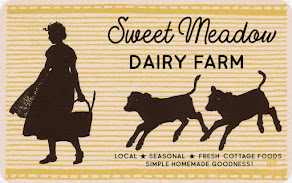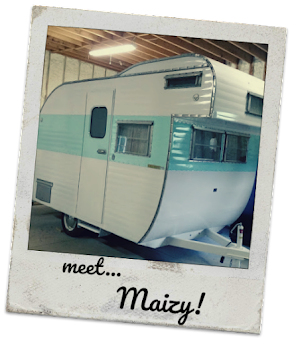The more I learn about beekeeping, the more I love our chickens!
Just kidding...while I do love the girls and their farm-fresh eggs, they're really pretty low maintenance. This time of year I'm keeping an eye on the temperature in the coop, plugging in the heated waterer on frosty nights, surrounding the coop with straw bales, and adding lots of shavings & straw inside the coop to keep the girls snug for the winter to come.
The bees, on the other hand, have given me much more reason to read...read...read. They too were pretty low maintenance in the summer, but now my goal has shifted from hoping not to get stung, to doing all I can to keep them alive through the winter.
The bee inspector says they have plenty of honey stores, and that's a good thing...it's the food storage they'll use to survive this coming winter. My mouse guard is in place (evidently hives are considered a cozy winter spot for the field mice!) and now that the temperatures have dropped to the 20's at night, I have straw bales surrounding the hive to screen it from the chilly winds. This weekend I'll wrap the hive in tar paper, replace the bales, then cross my fingers and wait for spring.
There's a break in the weather today, and so I'm putting a ventilation box in place. Our neighbor has one she used successfully last year, and so we patterned ours to be very similar.
The box is used to give any moisture that builds up a way to escape. Filled with fiberglass insulation, it also works to prevent condensation from developing on the underside of the outer cover. If this cold condensation is allowed to form, it drips down on the bee cluster chilling them to the point that they may not survive.
To make the box, start with a spare super that fits your hive. A 1-1/2 inch spade drill bit is used to add holes to the sides of the super...2 on each side.
Each hole is then covered and secured from the inside with #8 hardware cloth. A length of fiberglass screen is stapled across the bottom opening of the box and insulation is added as the final step.
Our neighbor's box has several narrow slats across the bottom; however, she fills her box with sawdust, so the slats work to keep the sawdust in place. We opted to use fiberglass insulation in our box, and so didn't add the slats.
To install the box, I'll remove the outer and inner covers. The ventilation box will sit directly on the frames of the top hive body. I'll then replace the outer cover (no inner cover needed) then add two bricks to keep the cover in place during the winter winds. Periodically during the winter, if a warm days occurs, I'll quickly peek inside the box to see that it's doing it's job.
And so my learning continues!
Here's hoping all is well in the hive, and that they've settled down for a long winter's nap...



































